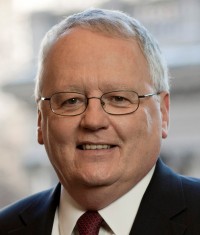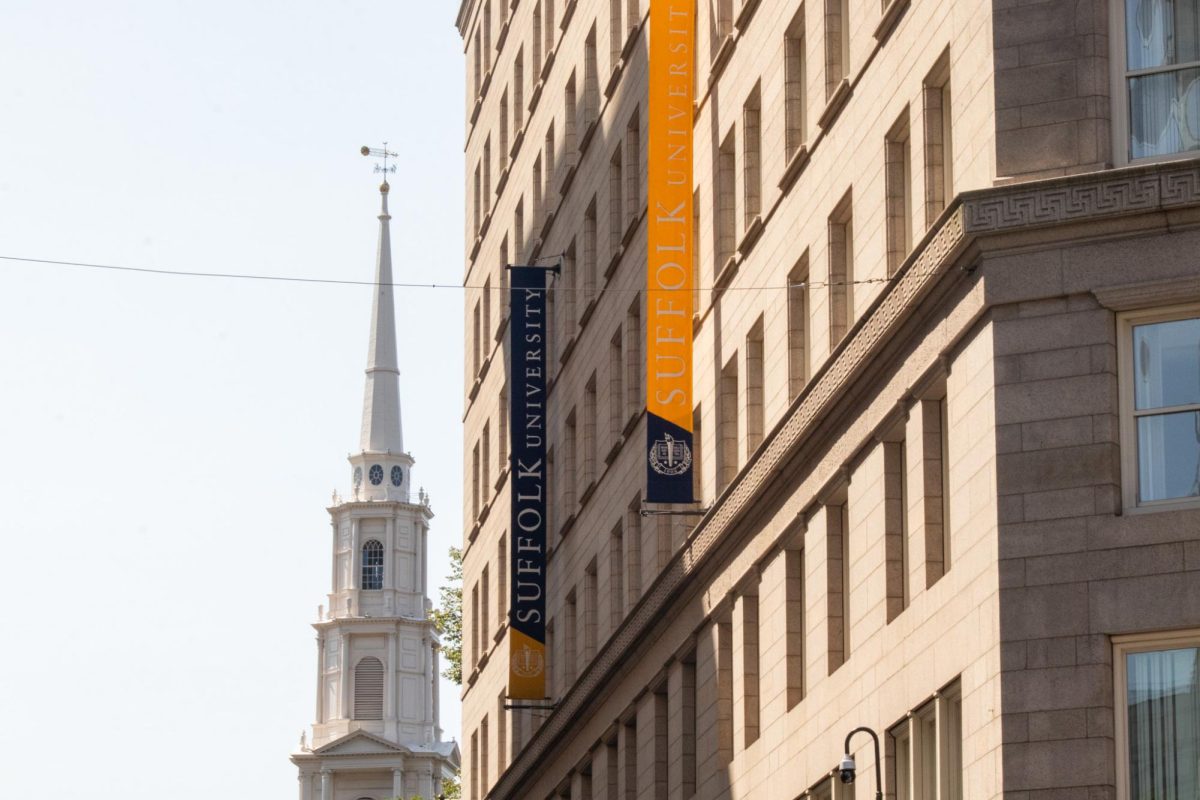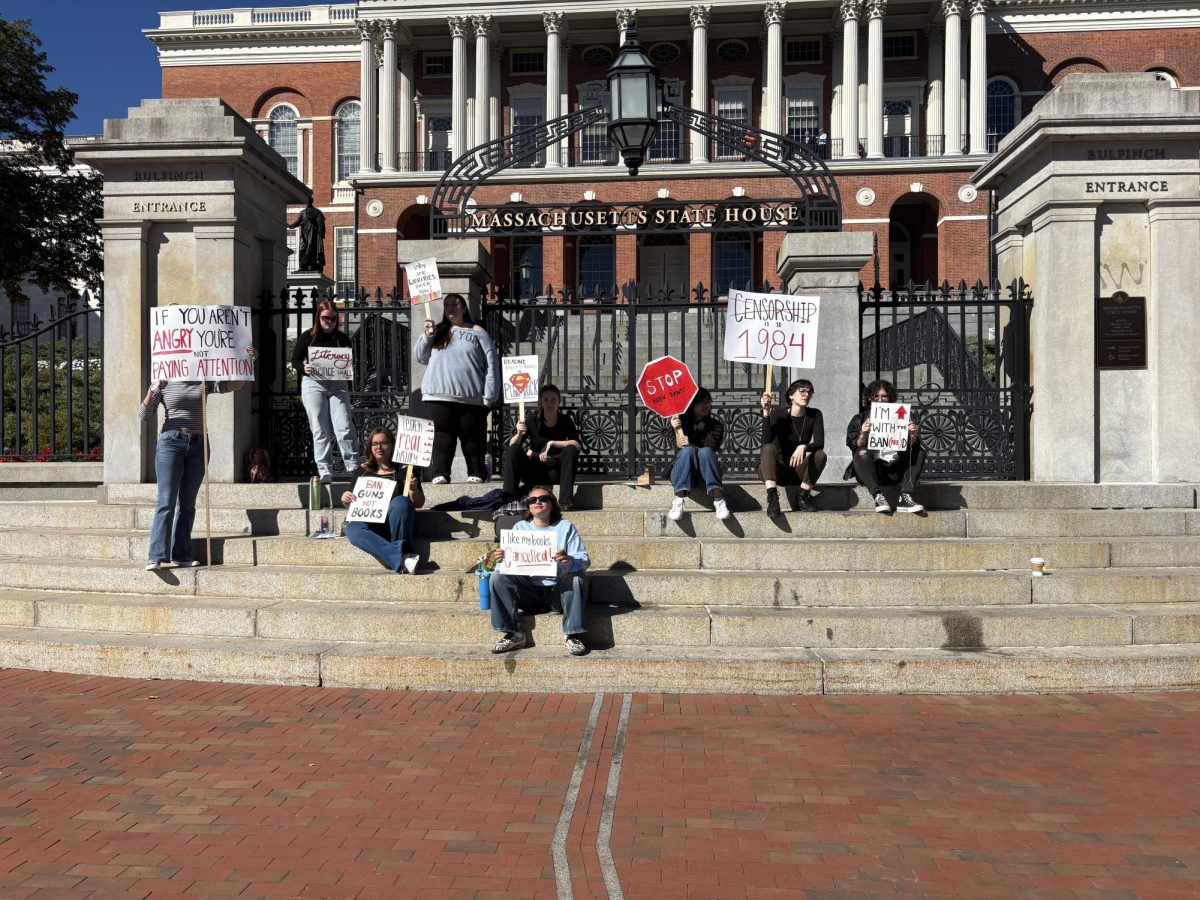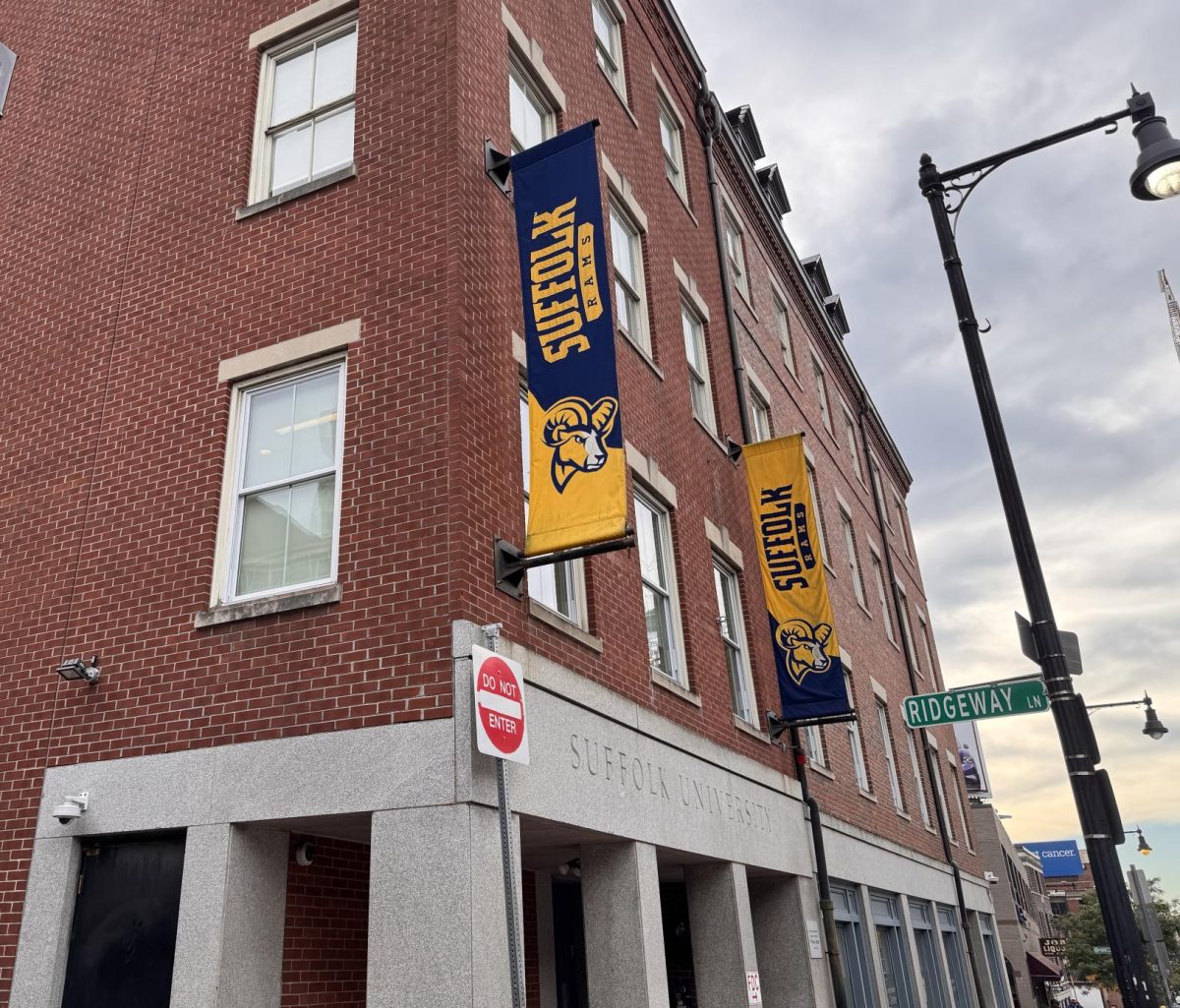Suffolk University President James McCarthy announced last Monday that all students’ tuition would increase between two and three percent for the 2014-2015 school year.
Undergraduate tuition increased three percent for the 2013-2014 academic year, although tuition has not been frozen in almost 40 years. Campus housing fees, however, have been frozen for five years, partly because the main cost of the residence halls is the fixed debt service on the money Suffolk borrowed to build them, McCarthy said.
“Personnel costs are probably the largest single factor [of the university’s cost increases],” McCarthy said in an interview. “And that includes benefits as well as salaries … part of the benefits are the health care costs, which keep rising, which is a problem for all universities.”

(Photo courtesy of Suffolk University)
The largest increase last year “was an across the board salary increase for all staff except the very senior leaders … of $1,000 for everyone who worked full-time,” McCarthy said, noting that salaries had not increased in the two years prior. Rates for the Massachusetts Bay Transportation Authority and Commuter Rail also rose.
Another major budget item, campus maintenance, can be unpredictable, and dependent on the severity of the weather and unplanned repair costs.
Professor David Tuerck, who serves as Director of the Beacon Hill Institute, identified a different cause.
“The main cost-driver now is administrative cost,” Tuerck said, noting that the university has created many new positions since he arrived. New administration “adds a huge layer of overhead that is absorbed by students through tuition and faculty through salaries,” Tuerck said.
The federal government and accreditors have increased regulations and demanded more paperwork from the university, which he called “entirely counter-productive.”
A lot of the regulations “are created to keep edu-crats employed, which places a burden on faculty and students.”
But certain costs increase regularly, which drives up the cost of tuition, according to McCarthy.
“Another big part of [facilities] costs are energy, based on how much each building consumes,” said McCarthy, noting that winter and summer weather varies, thus creating costs that cannot be planned for ahead of time.
“The effect of the kind of winter we have on the cost of running the university is non-trivial; if we have a good winter, we have a good year, if we have a rough winter, we have a not-so-good year,” he said. This semester, the university has seen two snow days, and multiple days where classes were cancelled mid-day or had a delayed start.
“I think in earlier times, tuition went up simply because schools could charge more,” said Tuerck. “They wanted to bring in more money like any other institution.”
He identified two problems of the increasing tuition rates across the country. “First of all, students are less able and willing to pay for sky-high tuition rates … because there’s a sense that employment opportunities aren’t what they once were,” and because the economy has been less rewarding since the Great Recession, he said.
“Second, education is becoming much more democratic because of the Internet, because students can get instruction much more cheaply.”

(Photo courtesy of David Tuerck)
Contrary to unplanned costs, the university has seen reductions in some areas across the university.
“While some costs have gone up, we have been able to counter that with reductions in other costs” in areas such as purchases, business practices, and staffing, McCarthy said.
Suffolk recently put its Fenton building, valued at $9 million, on the market. McCarthy said that besides the proceeds from selling the building, the university will save money that would have been spent on the deferred maintenance that the building needs.
Unpredicted maintenance costs increase the university’s spending and can increase deficits. When a pipe burst in the top floor of Archer building two years ago, it caused more than $2 million in damage, McCarthy said. Selling the university’s older buildings will eliminate the backlog of deferred maintenance and reduce costs, though Fenton is still the only building for sale, McCarthy said.
Aside from tuition, money from the school’s endowment also contributes to the budget each year. Suffolk’s endowment is comprised of money from donations and budget surpluses from years when the economy is good, according to McCarthy. The money is then invested, and the returns on investment are spent to help the school.
Donors can give money to be spent on a specific purpose, as scholarship money, or to fund a certain program, etc., to the restricted endowment. Non-specific donations go to the unrestricted endowment, where it is invested and can then be spent on the general operating budget. Suffolk’s administration and board of trustees decide how much money to use from the endowment in each budget, and how to use that money.
The annual payout rate, the percentage of the endowment that can be spent in the yearly budget, is around four percent. Suffolk’s endowment is approximately $165 million, so the annual payout rate is about $6.5 million.
The construction of 20 Somerset will not directly increase tuition, McCarthy said, and as reported previously by The Suffolk Journal. The building is designed to save money on maintenance and electricity costs and the school has issued bonds to help pay for its construction.
Twenty Somerset will also allow for naming opportunities for some donors, McCarthy said. Such proceeds will also help reduce the amount the university spends on the building.













